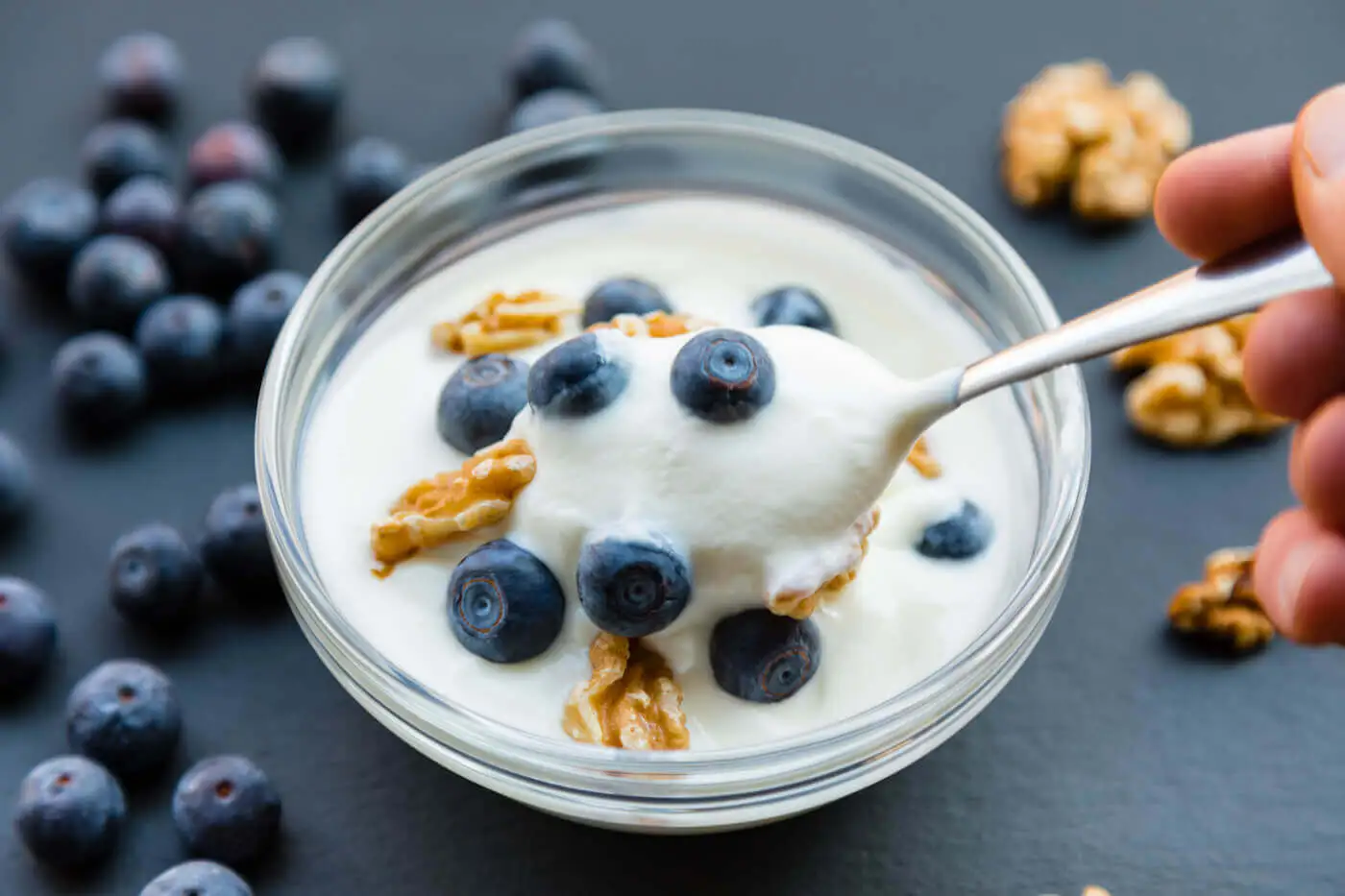Health Benefits of Yogurt & Nutrition Facts
Yogurt: A Protein Solution
Did you know yogurt has been around more than 7,000 years? The earliest evidence of yogurt was found in Mesopotamia, now Iraq, though it could have been developed in several parts of the world as milk-producing animals were domesticated.
Yogurt is produced through bacterial fermentation of milk. Common cultures include Lactobacillus bulgaricus and Streptococcus thermophilus bacteria. These are mixed into milk and fermented in a warm temperature. The result is the tangy, thick, and creamy yogurt we know and love.
Yogurt should be stored in the refrigerator both at the retailer and at home. While it’s technically possible to freeze yogurt, food experts don’t recommend doing so if you want to maintain its texture and active cultures.
However, freezing yogurt doesn’t significantly impact its nutrition value. That’s great news because yogurt is a source of nine essential nutrients including high-quality protein, which is needed to grow and repair muscles. There’s also calcium, phosphorus, riboflavin, vitamin B12, iodine, zinc, pantothenic acid, and selenium.
These nutrients are in addition to probiotics, which are live microorganisms known to support healthy digestion. Yogurt’s bacteria have even been studied for their ability to help people digest lactose, which is the naturally occurring sugar in milk. That’s why even those who have lactose intolerance may comfortably digest yogurt. And between yogurt’s nutritional value and flavor versatility, why miss out?
Yes, that’s right: yogurt’s flavors are boundless because it accommodates both sweet and savory mix-ins. It’s such a chameleon that it can be subbed into recipes when you’re low on other dairy ingredients, and it’s an ideal marinade to break down meat’s protein for tender, tasty results.
Thanks to the fact that yogurt is made throughout the world, there are just so many versions. They include thick Greek yogurt, even thicker Skyr or Icelandic yogurt, super-creamy Vietnamese yogurt, drinkable yogurt and kefir—which is like drinkable yogurt but even more tart and developed in a longer fermentation process.
In turn, each of these yogurts may have a range of fat levels (from skim to whole) and even in lactose-free versions. Some are available in reduced-sugar versions too.
You can spoon it, squeeze it, drink it or freeze it. And it can be another way to introduce nutritious dairy foods to your little one.
There’s a rainbow of yogurts to try, and endless combinations of fruits, whole grain cereals and nuts to sprinkle on top. Or use savory options as veggie dips, like tzatziki or labneh with zaatar.
Enjoy the health benefits of yogurt with these recipes.
